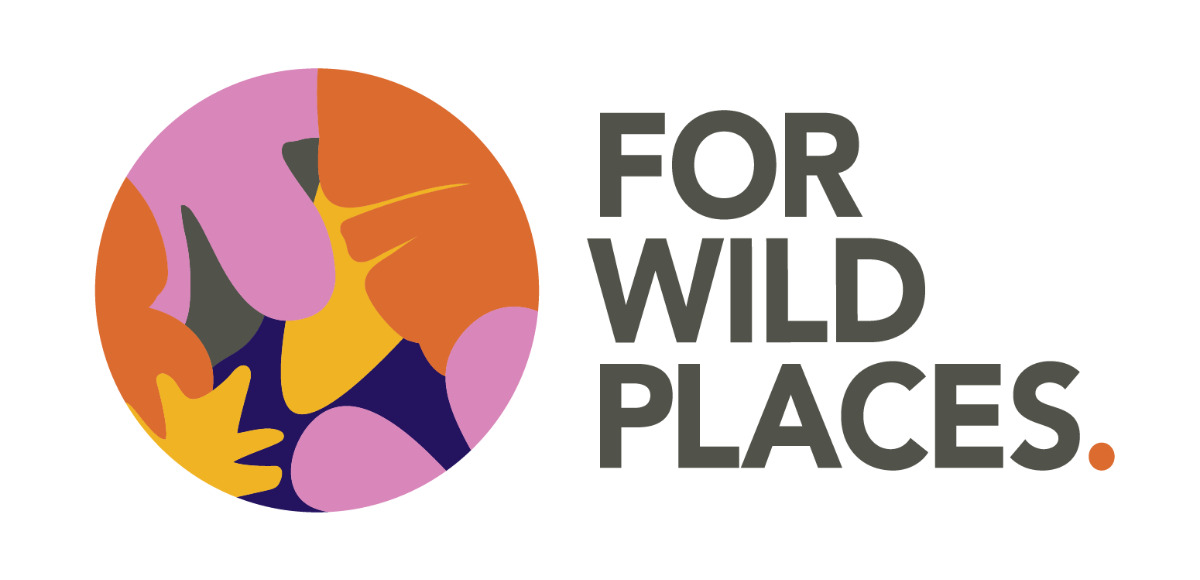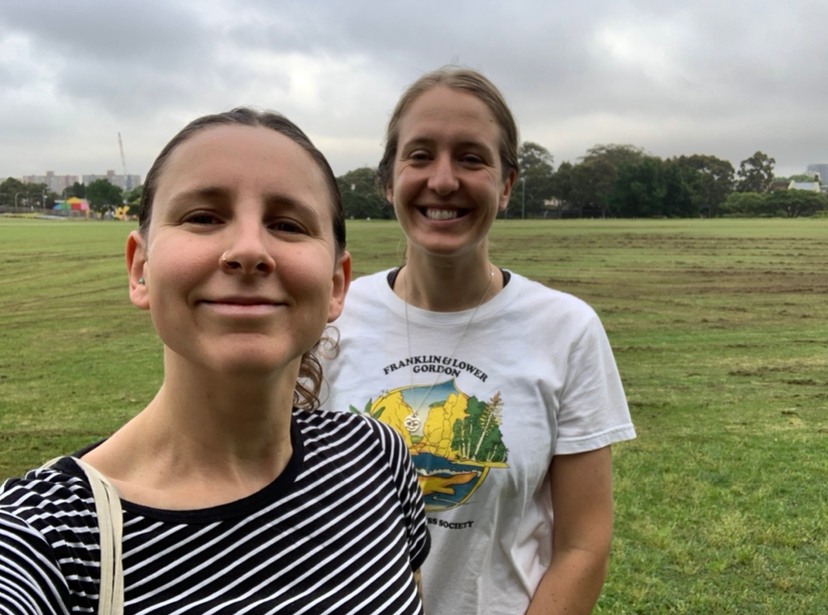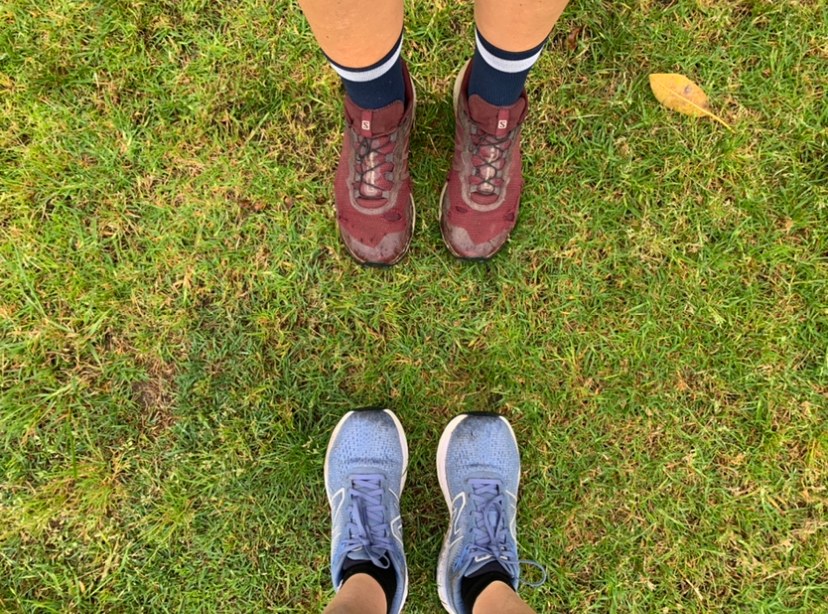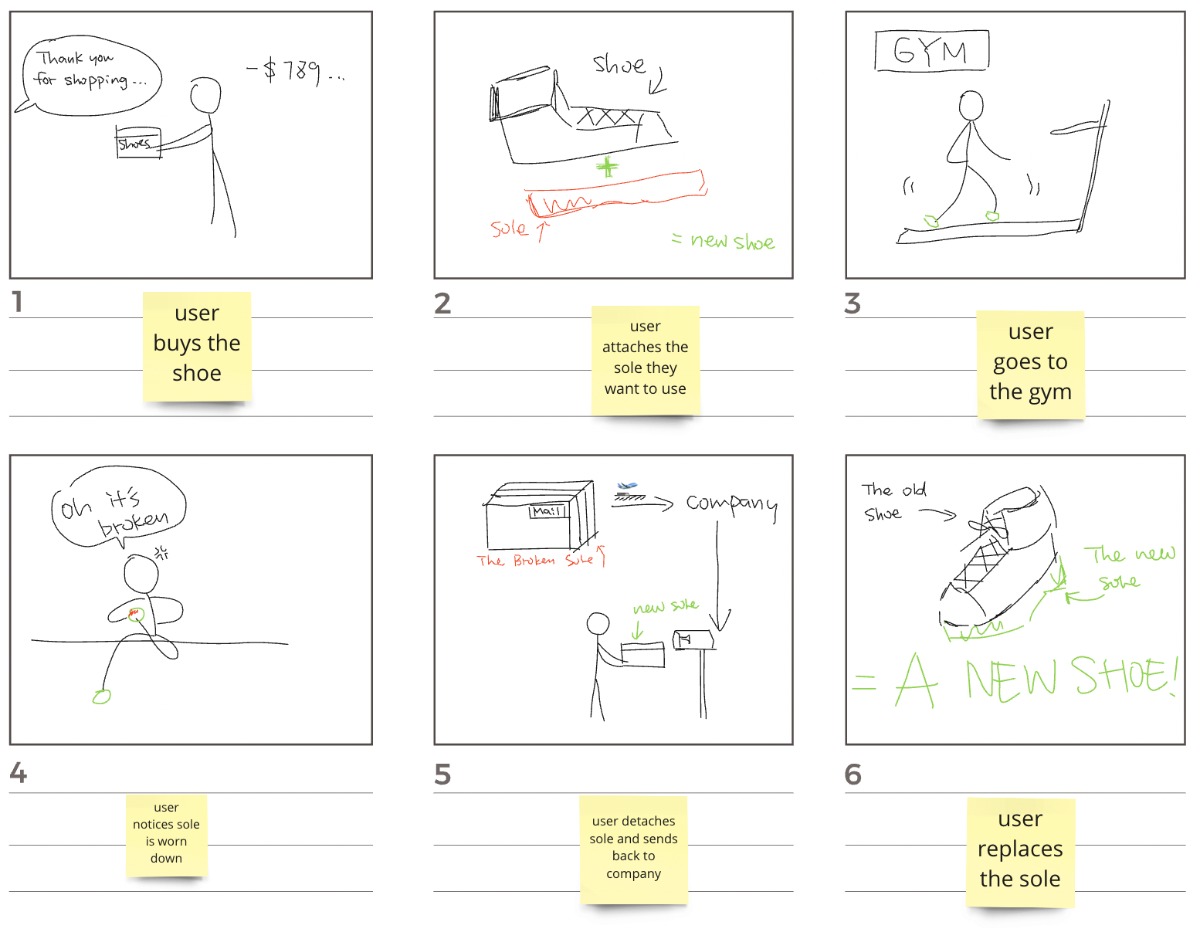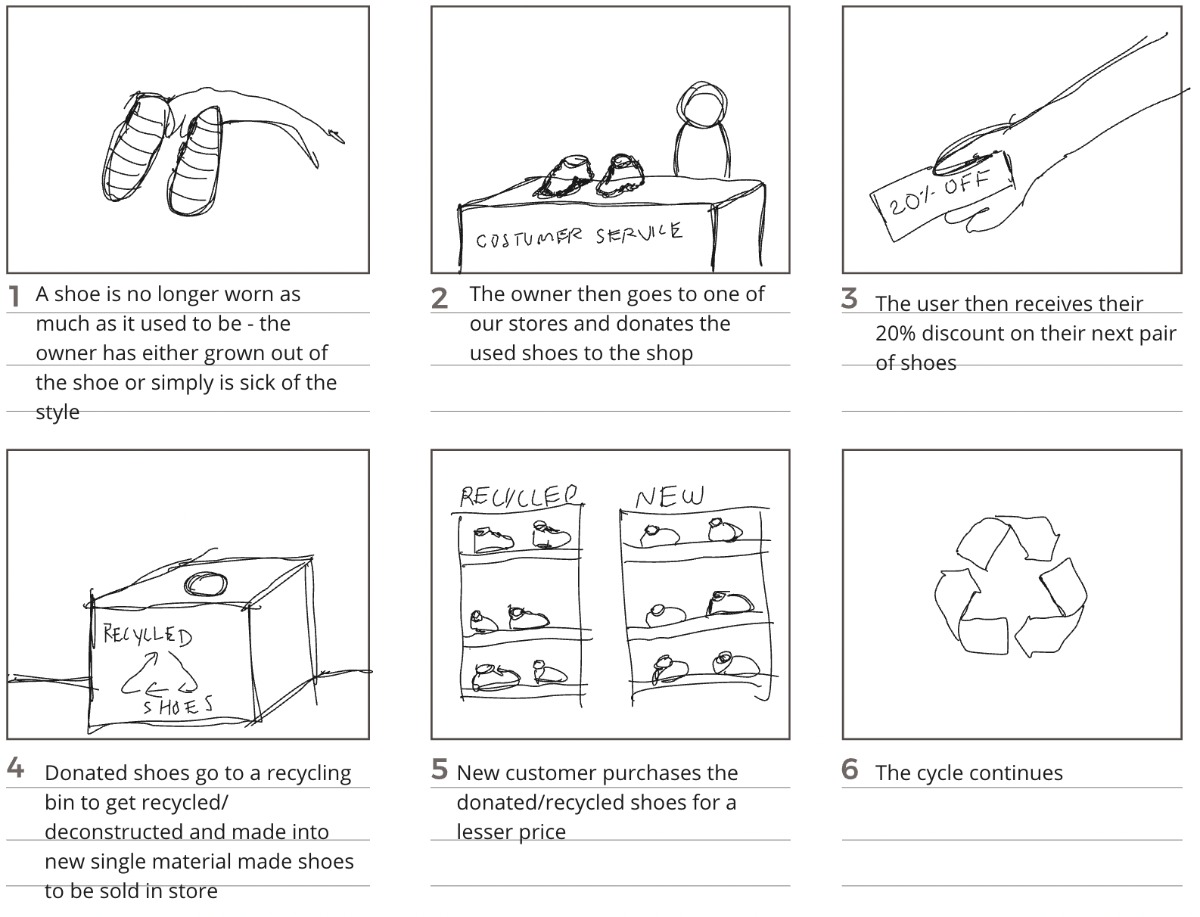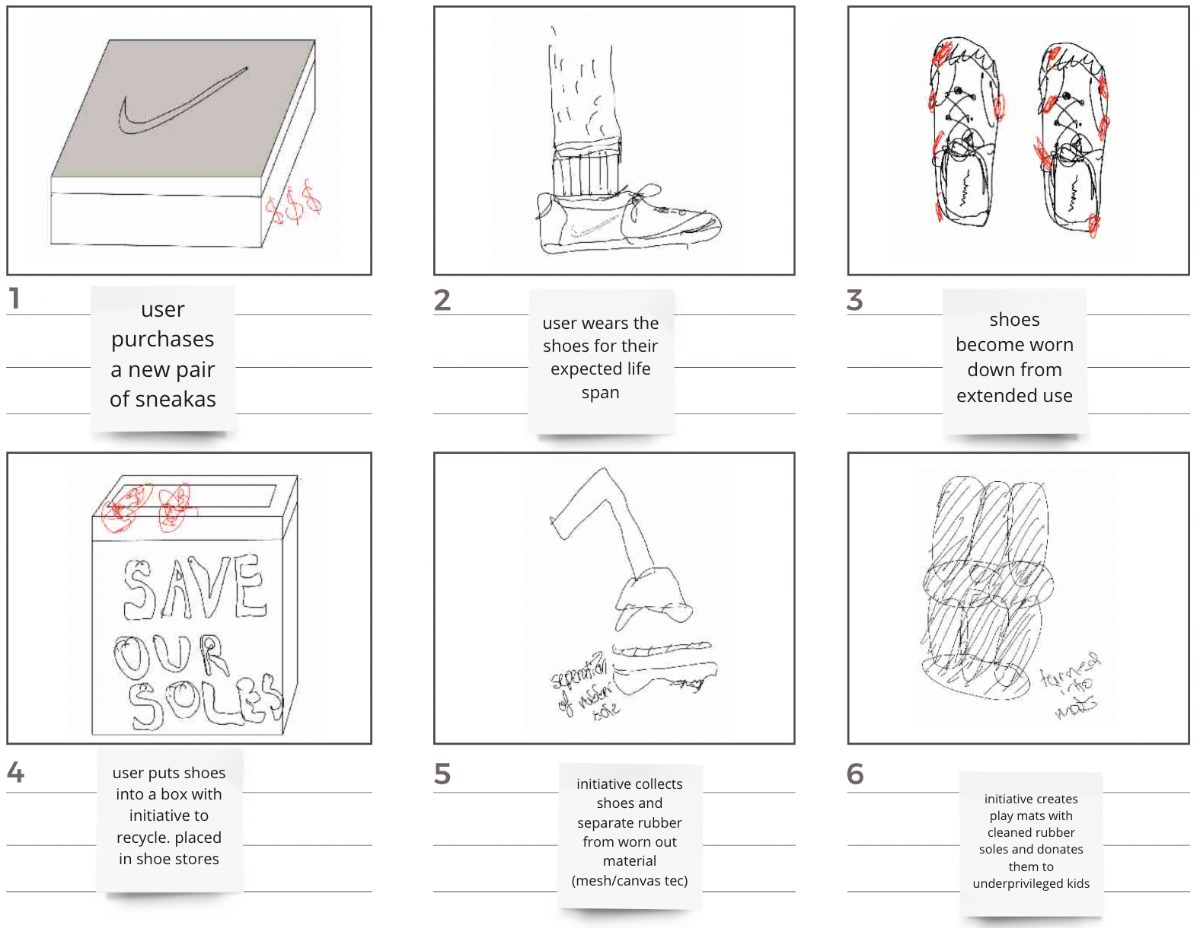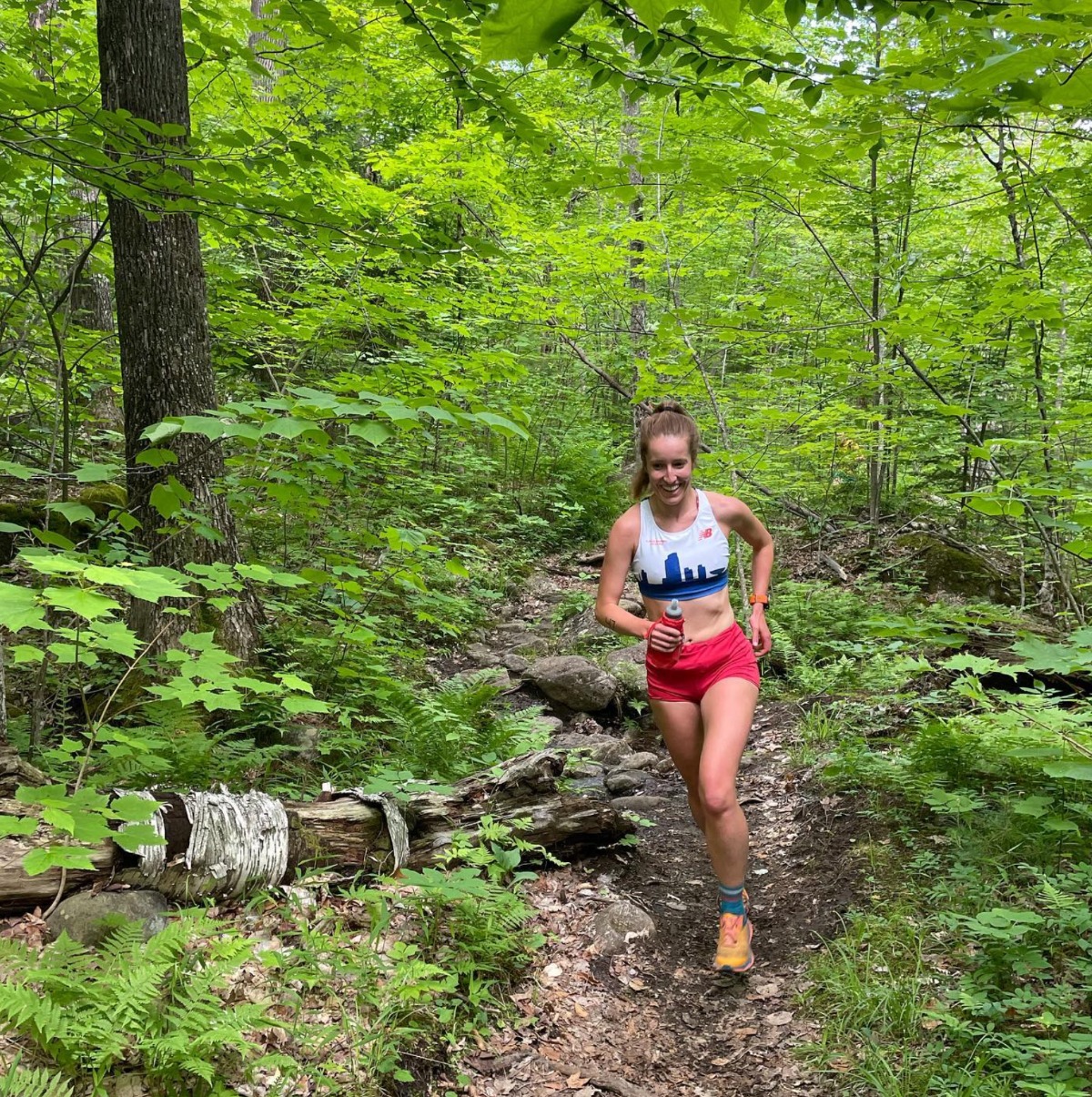21.10.2022 | Celebrating podge and our feet
Oct 20, 2022 9:11 pm
We protect what we love
FRIDAY . 21. 10. 22.
Good morning and happy Friday!
Welcome to the end of another action packed week! Something very special happened in the FWP world this week - Elanor and I got to HANG OUT IN REAL LIFE and we are currently in Elanor's Sydney apartment bringing you this newsletter together over a bowl of - you guessed it - oats! 🥣 With so many of our incredible volunteers scattered along the east coast, time spent together in person is always cherished - and usually involves a run or walk, in true FWP style!
Hilary and I enjoying a morning walk in Moore Park, Sydney (Gadigal land).
I'm up in Sydney to attend Purpose Conference, a two-day meeting of minds and hearts from the impact space. There is a lot to digest, and next week I'll bring you some insights from presentations that resonated, challenged and inspired. Some highlights were seeing the rad Jackson Dynamite, catching up with our good friends at The Wilderness Society and getting inspired about the future of seaweed.
In this week's newsletter, we're showing off some amazing 'circular running shoes'. Yep, students at the University of Sydney have redesigned running shoes using circular design strategies, and came up with some amazing, wild and very creative ideas. We also summarise some key points from yesterday's trail chat with Michelle Merlis and provide you with some insights of what a typical training week looks like, as well as how she trains for hot and humid weather. This might prove helpful for those doing Ultra-Trail Kosciuszko and Tarkine.
REDESIGNING RUNNING SHOES USING CIRCULAR DESIGN STRATEGIES
I've been a little busy for the past 3 months, as I've been teaching into the University of Sydney unit "Design Theory and Culture". This unit is all about applying different theoretical lenses to design, including environmental histories of design; material culture; consumerism, consumption and capitalism; speculative design; decolonising design and; this week's theme 'circular design'.
Circular design
It is very hard to reverse the impacts of design decisions once they are implemented, which often lead to long-term investments that lock us into a certain behaviour or model for many years to come (the fossil fuel consuming car is a perfect example). It's thought that "over 70% of a products environmental footprint is determined during it's design phase" (Radjou and Prabhu, 2015). Alas, in this week's 'circular design' tutorial, we looked upstream to tackle challenges at the design stage, rather than reacting to environmental destruction further downstream.
Students were required to: (1) select an object (cosmetic packaging, food packaging, kitchen accessories, training shoes or an office chair), (2) detail the emotional and functional needs of the object and; (3) redesign the object using circular strategies and (4) create a storyboard of how the object is now 'circular'. I was thrilled when three of the four groups selected the 'running shoe'.
The classic non-circular shoes! Don't worry, Hillary and I are both going to dispose of them thoughtfully or donate them to a charity.
I must point out that circular design strategies can involve changing business models to product as a service; embedding intelligence; product life extension; smart/sustainable materials; modularity and; closed loop/take back (to name merely a few).
I was so inspired by some of the running shoe circular strategies that I thought I would share my student's designs (I must also note that students were told not to think too much about feasibility - I want them to be creative).
The emotional and functional needs of running shoes:
- Longevity and durability of a product
- Used for physical activity and achieving peak performance
- Comfortable and supportive
- Versatile, regardless of weather
- Aesthetic qualities (look good, feel good, run good)
- Desire for an ethically made product
- Long-lasting as it is often hard to throw away your favourite pair of trainers
- Shared knowledge between designer and consumer
Some preliminary ideas:
- Embedding intelligence - by creating a technology that can protect the shoe from weather
- Modularity - shoes made out of changeable components that can be swapped out according to the occasion, e.g. changeable soles, heels or removable tongues.
- Smart material choices- turning shoes into door mats
- Product as a service - the option to rent shoes from stores encouraged by membership points and rewards
- Closed loop / take back- making shoes out of recycled waste materials from old shoes or textiles waste
- Data gathering for more specialised shoes depending on the usage
- Implement an in store system where customers who donate shoes get some sort of reward such as a 20% discount on their next shoe purchase (return and earn)
Final storyboards (students pursued one of their ideas):
Group 1: A modular shoe, where the user can replace the sole once it becomes worn out.
Group 3: An in store buy-back business model
Group 4: Repurposing shoes to be recycled into other objects
This is my first semester teaching, and I am constantly in awe of the work that my students produce. It's not only creative, but really challenges cultural norms and gender stereotypes, and persistently draws on principles of sustainability and designing for disability/inclusion. I absolutely love this, and the world is in very good hands if they are our future.
♻️ 👟 🌏
TRAIL CHAT WITH MICHELLE MERLIS
Ultra runner, mountain runner, coach, economist and Team USA athlete
Michelle joined our trail chat from Flagstaff, Arizona, where she was seeking out a “unique training experience” in the lead up to the World Trail Running Championships, to be held in Thailand next month. Michelle has just wrapped up a ‘peak week’, and is heading back home to Albany, New York, for a week before flying to Thailand.
Source: @mountainfatass.
In this trail chat, Michelle gave us some insight into a typical training week - it includes 6 days of running (Monday is a rest day), with 1-2 speed sessions, hill workouts, uphill tempos (Elanor's note: that’s like the two most dreaded training sessions mixed into one 😂 😬) and long runs on the weekend with some decent vertical. Strength, mobility and plyometrics are also scattered throughout. In the lead up to World Champs, she’s also doing some specificity training, including steep hiking sessions, that mimic the elevation profile of the race. This is combined with 4-5 sauna sitting sessions each week for acclimatisation.
Michelle also chatted about how she switched from Basketball to running, which is more of a natural progression than you may initially think. She spent a lot of her childhood hiking the Catskill Mountains, New York, with parents and siblings, so felt very comfortable being outdoors and on the training. She also loved the running/sprinting components of Basketball, as well as the social, ‘making friends’ part of team sports. Alas, running became associated with her experience at Graduate school, and it (very conveniently) provided a lot of stress relief. To quote, “my non-running experiences have really shaped the kind of runner that I am today”. The lateral movement of basketball helped prevent ankle and knee injuries whilst out on the trails, and her childhood dancing provided her with really strong feet and legs.
This was a really great chat, and whilst the majority of us will be going for the Aussies competing in Thailand, we will also be cheering for Michelle. We will hook you up with the video to the trail chat in next week’s newsletter. You can also follow Michelle on Instagram - @mountain.runner.michelle.
💪🏼 🏃♀️ 👊🏼
And that's it for another week! Stay tuned for next week as Hilary will be providing a debrief about her experience at Purpose conference.
Until then, all the goodness. And thank you for taking the time for wild places ✌🏽
Hilary, Elanor & the For Wild Places team
UPCOMING EVENTS
16/11 Trail Chat with Erchana Murray-Bartlett | register
20/11 Great Forest Trail Marathon, Healsville | register
11/02 Trail First Aid Course, Arthurs Seat | register
25/02 takyana Trail, Waratah, Tasmania | register
We acknowledge the the First Nations people who have been custodians of land, waters and culture for tens of thousands of years. We pay respects to First Nations Elders past, present and emerging.
This email was written on Gadigal land of the Eora nation. To these people, we pay our respects.
Always was, always will be.
